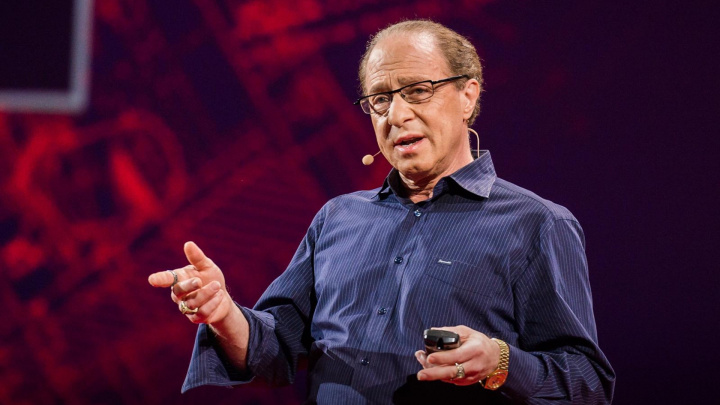Ray Kurzweil: AI Development Timeline and Future Impacts
ay Kurzweil, the renowned futurist and Google engineer, has made bold predictions about the future of artificial intelligence, including the emergence of Artificial General Intelligence (AGI) by 2029 and the Technological Singularity by 2045. According to a report by The Independent, Kurzweil's upcoming book, "The Singularity is Nearer," updates his timeline for AI development and its postulated potential to transform human biology and lifespan.

Kurzweil's 2029 prediction for Artificial General Intelligence (AGI) has been a cornerstone of the futurist's vision since 1999. He defines AGI as AI capable of performing diverse tasks at the level of human intelligence. Despite recent advancements in AI technology, Kurzweil maintains his 2029 timeline, although he acknowledges it might now seem conservative to some experts. For AGI to be achieved on this schedule, current AI models must overcome several challenges:
- Limitations in contextual memory
- Lack of robust common-sense understanding
- Inadequate social interaction capabilities
Kurzweil believes these obstacles can be surmounted by 2029, enabling AI to match and potentially even surpass human intelligence across various domains.
Technological Singularity by 2045
The concept of the Technological Singularity, which Kurzweil predicts for 2045, signifies a hypothetical defining moment when artificial intelligence surpasses human intelligence, leading to an "intelligence explosion" and unforeseeable changes to civilization. He suggests this event could enable the merger of human and machine intelligence, allowing individuals to connect their brains to the cloud and significantly enhance their cognitive abilities. Kurzweil views this potential merger as a transformative step in human evolution, unlocking unprecedented creative and problem-solving potential on a global scale.
Longevity and Longevity Escape Velocity
Kurzweil suggests that by 2029, we could reach "Longevity Escape Velocity" – a point where scientific progress might allow humans to extend their lifespan by more than one year for every year that passes. This concept implies that aging could effectively be reversed through AI-driven biotechnological advancements. Kurzweil envisions nanobots being injected into the bloodstream to repair and enhance biological functions at the cellular level, potentially leading to indefinite lifespans. This radical prediction aligns with Kurzweil's broader vision of human-AI integration and the transformative potential he sees in emerging technologies for human biology.
"Longevity Escape Velocity" (LEV) is a theoretical concept concerning the relationship between human lifespan and technological progress. LEV is the hypothetical point at which the pace of advancements in medicine and technology increases human life expectancy faster than time passes. The idea is that if we reach this point, humans could potentially "escape" the natural aging process because life-extending technologies would advance more rapidly than we age.
The concept is controversial and raises numerous ethical, societal, and scientific questions.
Supporting Arguments and Implications
Kurzweil's predictions are grounded in the concept of the exponential growth of computing power, often associated with Moore's Law. This trend has historically supported many of his accurate forecasts, including the rise of the internet and computers defeating human chess champions. The rapid advancement of AI technologies, such as generative models and neural networks, lends some credibility to his timeline in the eyes of proponents. However, these developments also raise significant ethical and existential concerns. The proposed integration of humans and AI through brain-computer interfaces could lead to profound societal and political shifts, potentially including movements advocating for AI rights. Furthermore, the emergence of superintelligent AI poses risks regarding control and alignment with human values, highlighting the need for careful consideration of the long-term impacts of these potential technological developments.